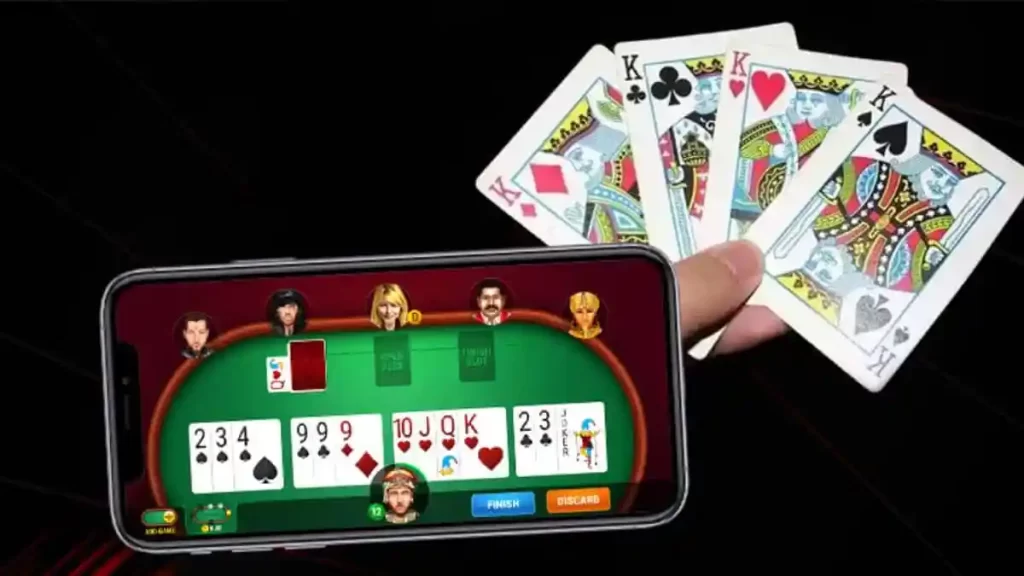How does rummy end? The game is over when a player exhausts his or her stock pile of cards. This is also true if a player makes a valid Rummy call. However, if a valid Rummy call is not made, the game continues with the next player’s hand. Players may not meld or lay off cards. The player cannot call “Rummy!” when they are unable to make a full hand of three-card melds.
The game of Rummy ends when each player has played four consecutive rounds. Each player must display his or her legal melds on the table before discarding. After discarding the melds, players may play their non-melded cards on to valid melds. The player must also add the total value of the unmeldable cards he or she still has in his or her hand. Playing cards to another player’s meld is not allowed when the other player has gone Rummy.
The winner of a game of Rummy will earn six points from each opponent. If a player makes two Rummy runs, the winning player gets the points of the other player’s winning hands. In some cases, the runner-up can win the game. It’s worth mentioning that a player may lose his or her hand even if he or she has no aces in their hand. Rummy is a fun and challenging card game that involves chance and strategy.
After each round, the players will tally their points. Each card in the game has a different value. Aces and face cards count as one point, while the other player’s melds and unplayed cards are worth zero points. If two players tie, the winning player is the one with the lowest count. It is also possible for a player to declare a Rummy, which will double the points of the winner.
In a typical round of Rummy, players will deal cards to one another clockwise. The dealer takes the first turn and deals cards to the players on his left. The deal proceeds clockwise and he deals to himself last. However, there are some important differences in how this is done. For example, if a player has 6 cards in his hand, he will score 25 points. However, if a player has fifteen cards, he or she will score 21 points.
There are two general theories about the origin of Rummy. The first theory says that the game began in Mexico and China around the nineteenth century. In both cases, it evolved from the Mexican game Conquian. The basic premise is the same: the game requires players to match pairs of cards in a strategic manner to win. The second theory states that Rummy was introduced to the Western world in 1891 as Khanhoo.
While Rummy is a game of strategy, there are a number of other variations. Gin Rummy, for example, is a variation of the game that allows players to offload unmatched cards to the meld of the showing player. Another variation of Rummy, 500 Rummy, has players playing cards to their revealed melds. In either case, the game will continue until one of the players has gone “out.”





